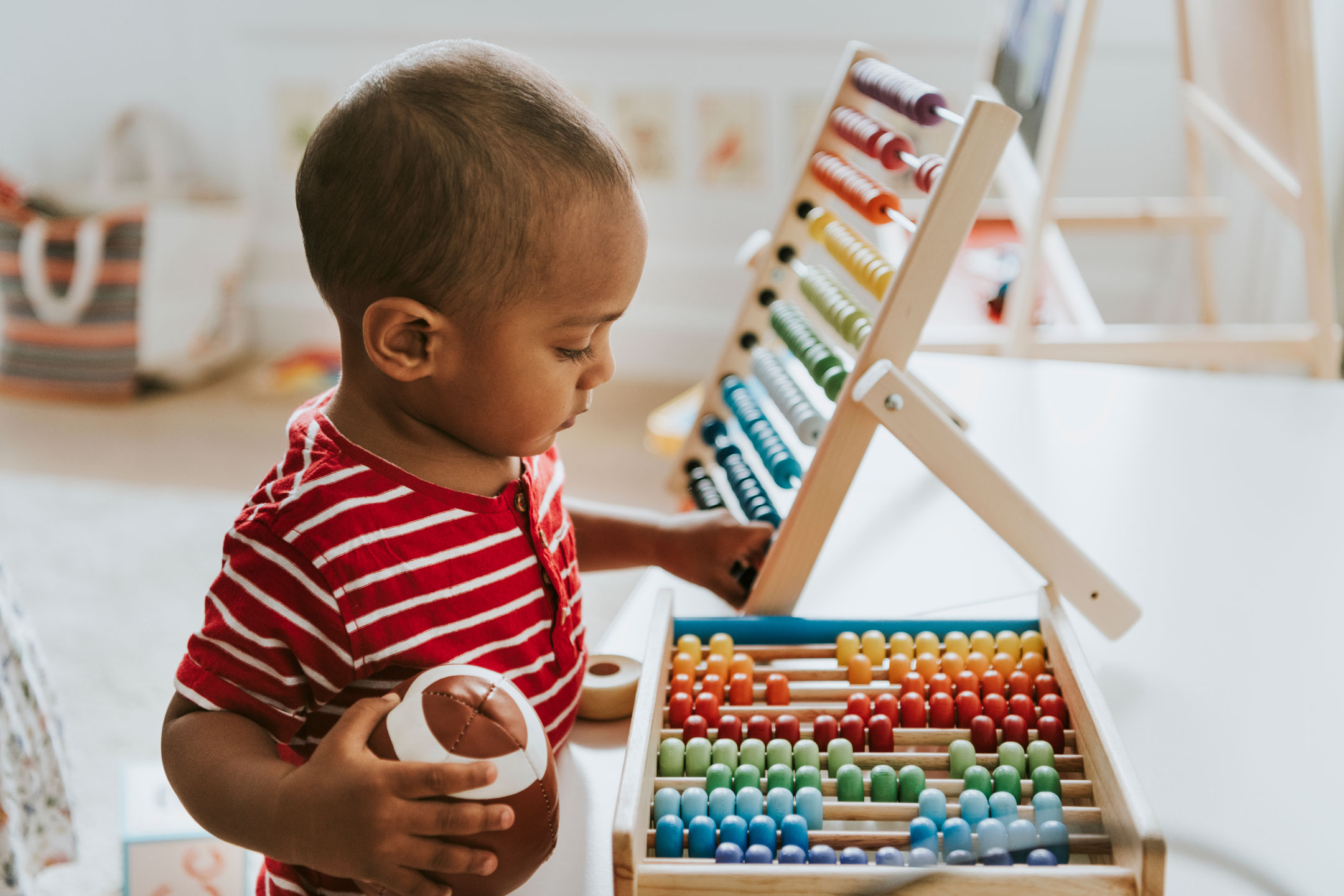
04 Feb The Sum Of It – Making Maths Fun
Supratik Mukherji believes adding some history and mystery to maths would make it more meaningful and engaging.
As a child, I shunned maths as much as I could. My introduction to its concepts and topics in the classroom was formal, dry and devoid of hands-on verification. No sooner would a topic spark curiosity than a list of formulae and rules would be showered upon us, the students. Before curiosity could develop into understanding, teachers would expect us to start solving problems. Then there were exams and grades, and the fun vanished. Overburdened with formulae and a race for good grades, maths became a must-do, boring subject.
Years later, I realised it is the presentation of maths that needs closer scrutiny. The first step is to know a concept, then to know why it is needed, after which language should be used effectively to explain the concept. Then mathematical language and notation/shorthand can be mastered.
It is up to teachers to show students what maths really is.
As a maths tutor of high-school students, I find while many students have potential, they don’t necessarily like the subject. Despite teachers’ friendliness, the basic approach to teaching maths is no
different from what I experienced as a child. Students don’t see that maths is essentially logic and that there is an inherent connection between mathematical logic and nature. It is up to teachers to show students what maths really is. Recently I’ve observed my 10-year-old daughter avoiding maths as I did, and I have to ask why.
It seems that beyond Year 1, maths starts losing its fun element. Colourful items, images and learning through play stops in Year 2 or 3. While that kind of early-childhood fun with maths can’t be applied in later years, how about using age-appropriate engagement? Primary-school students quite rightly shift from playing with blocks and toys to using pencil and paper to practise maths. In this shift, the link with hands-on verification and objects that connect theory to the real world is lost. For example, when learning fractions, young students colour parts of circles in their maths books. But how about using blocks of different shapes or an actual cake so they can see a direct link between the real world and the concept? How about developing a story about unhappiness between friends over the unequal division of cake/pizza? Or using stories from history about two kingdoms fighting over the unequal division of land, to introduce more-advanced concepts of fractions.
Maths didn’t develop as a body of knowledge detached from the real world
There are two approaches I think might help stimulate enjoyment of maths. The first is to encourage play or experimentation, as we do in lab classes for science subjects. Students can use lab and field-based tutorials to test how formulae, equations and constants are derived and verified. Problems such as, “An electric pole is one-quarter inside the ground and three-tenths above the ground in a concrete sleeve. What part of it is uncased and above ground?” could be answered analytically, then verified by students using tape measures, blocks or geometry. Otherwise, they tend to develop a poor understanding of how to tackle fractions with different denominators. Teachers also need to show the fascinating link between maths and nature. How about teaching geometry by building a sundial? This looks at the properties of circles and ellipses and also helps students see the connection between time and the earth’s motion. Will this mean restructuring the content and format of classes? Yes.
Secondly, looking at the history and development of maths will humanise it. Maths didn’t develop as a body of knowledge detached from the real world. There was a real-world need to develop maths. The failures, patience and perseverance involved show its human face. For example, how did Aryabhata find the value of π (Pi), or Eratosthenes calculate the circumference of the earth, and thus, its radius?
Will students find the history of maths interesting?
My criticism of our current approach needs to be looked at in context. In my school days, in the 1970s, I learned maths formulae and equations without knowing why we were taught them. History was not discussed, and actual derivations were few and far between. We were not aware of the fun or magic we could have from a formula or an equation. We did not know the interconnectedness of different topics in maths. I see the same trend continuing today. Students are encouraged to use calculators, which save time, however, the process is devoid of any deeper understanding of the how and why.
Will students find the history of maths interesting? It depends on how it’s presented. Learning some of the gripping stories in the evolution of maths would hopefully give students an insight into global collaboration over centuries, including the exchange of knowledge and culture through trade.
For example, in the early 12th Century an English Christian monk, Adelard of Bath, disguised himself as a Muslim and studied for many years at the University of Cordoba in Baghdad to translate the works of Greek scholar Euclid and Arab mathematician Alkarismi. Adelard then smuggled these translations back to Britain. It is likely there were political, military, economic and religious dynamics centred on valuable maths knowledge, with some aspects being available to certain sections of society based on religion or social standing. Baghdad was a hub of mathematical knowledge, where merchants and scholars from the East brought the arithmetic of India, and heretics fleeing the West brought Alexandria’s astronomy, geometry and geography. The Chinese taught the art of papermaking, and trigonometry flourished in Baghdad institutions. The application of astronomy, geometry and arithmetic to navigation gave mariners a better nautical almanac and instruments.
In 1545, Italian mathematician Niccolo Tartaglia challenged fellow mathematician Girolamo Cardano to a duel over the publication of a maths theory. Cardano failed to appear, sending a student instead, and the duel eventually broke up in confusion. This dramatic glimpse provides insight into the importance and trajectory of maths over the centuries. It’s not clear why Tartaglia wanted his cubic equations kept a secret.
These kinds of stories could lead students to imagine what it would be like if these ideas and concepts had not been made available to us; to ask why it was necessary to go to such extremes of spying and secrecy. They could engage in a group project to retell or reconstruct stories around disguise, spying and the smuggling and hoarding of knowledge.
The rationale for mathematics in the new Australian Curriculum recognises what maths is, and could be. But the key will be the way in which maths is actually taught, and how it connects with the principles of logical reasoning and analytical thought cited in the rationale.
A holistic approach to improving how we teach and learn maths would require a radical change. Teachers would need to see and teach the subject through a different lens, and course content would need to be reviewed and rewritten. Information on the history of maths is abundant and available. Choosing the most interesting aspects and integrating them into the curriculum is the key to better outcomes in maths performance and student engagement.
Supratik Mukherji is a maths tutor in Perth W.A, Australia.
Illustration: Andrea Smith



